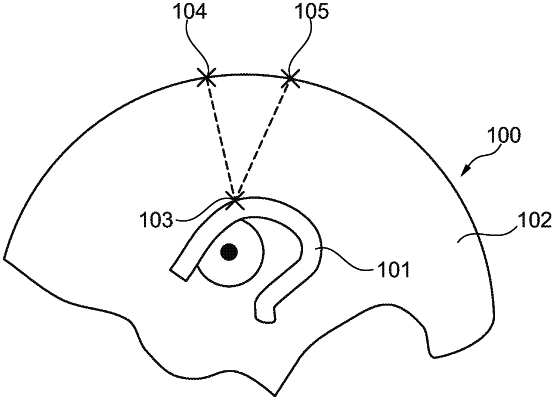| CPC G16H 50/50 (2018.01) [G16H 40/60 (2018.01); A61N 1/0534 (2013.01)] | 10 Claims |

|
1. Method for simulating a deep-brain stimulation in a computer-assisted platform, comprising steps of:
as part of a training process of a training neurosurgeon:
providing to the training neurosurgeon, through a man-machine interface, visual information of a pre-operative situation, including a representation of a brain, wherein the representation of the brain comprises a three-dimensional (3D) representation;
receiving inputs of said training neurosurgeon on said man-machine interface indicating movement around the 3D representation and a change in one or more display parameters of the man-machine interface;
providing via the man-machine interface the movement around the 3D representation and changing the one or more display parameters of the man-machine interface in response to receiving the inputs of said training neurosurgeon indicating the movement around the 3D representation and the change in the one or more display parameters;
monitoring the inputs of said training neurosurgeon on said man-machine interface, until a trajectory is determined between an entry point and a target for placement of an electrode;
comparing said trajectory of said training neurosurgeon to a set of previously-recorded trajectories of other neurosurgeons for said pre-operative situation stored in a database; and
determining an overall measurement representative of a quality of said trajectory of said training neurosurgeon compared to the trajectories of said set of previously-recorded trajectories based on the comparing; and
providing feedback to the training neurosurgeon via the man-machine interface, the feedback comprising textual information including a distance to a reference point, an angle to a reference target, and a risk of a planned trajectory.
|